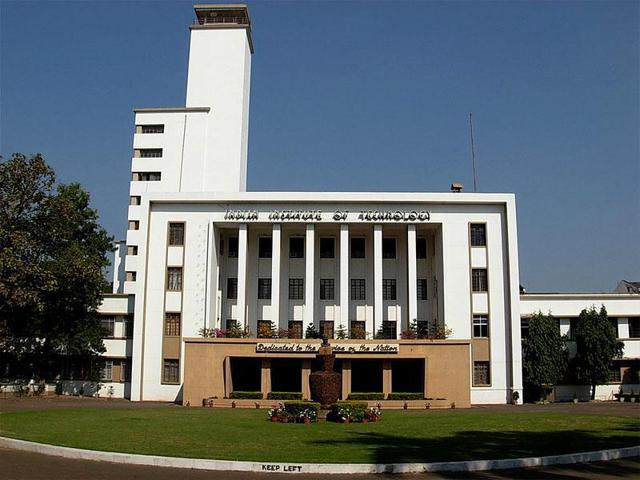IITs at the bottom of Asia’s innovative univ ranking, patent system to be blamed
The Indian Institutes of Technology at Delhi and Mumbai are at the bottom of Asia’s most innovative universities’ rankings released late Tuesday and the reason is the bunching of their research work with that of smaller IITs.
The Indian Institutes of Technology at Delhi and Mumbai are at the bottom of Asia’s most innovative universities’ rankings released late Tuesday and the reason is the bunching of their research work with that of smaller IITs.

The IITs rank 72 on the Reuters Top 75: Asia’s Most Innovative Universities list that identifies institutions doing the most to advance science, invent new technologies and help drive the global economy. The Indian Institute of Science in Bangalore, the only other Indian institute in the list, is ranked 73.
“World-class campuses like IIT Delhi and IIT Bombay may have ranked much higher on the list if they weren’t grouped in with smaller and newer institutes like IIT Tirupati and IIT Palakkad,” said Reuters.
Of the top 20 universities, 17 are in Japan and South Korea.
Reuters attributed underperformance by some countries to “the way they organise their university systems”.
A network of 23 universities, IITs centralised their patent administration, so it was not always possible to identify which constituent university was responsible for what research, said Reuters, which ranked the entire IIT system as opposed to an individual university.
KAIST, also known as Korea Advanced Institute of Science & Technology, tops the ranking followed by Japan’s University of Tokyo. Seoul National University has been rated third in the list that has 22 Chinese universities –more than any other country. China’s highest ranked university is Beijing-based Tsinghua University, which is at number 13 on the list.
Read | Not India or China: S Korea, Japan dominate Asia’s 75 most innovative universities list
International ranking of IITs, or the absence of them, has been a matter of concern. None of the IITs figure among top 200 global schools.
Skewed teacher-student ratio and poor representation of foreign students are among the major factors for IITs dismal international standing.
Though IITs set aside 25% of the seats for overseas students, there are only 130 foreign scholars enrolled in post-graduate courses and about 100 for PhD. There are 25,000 Indian students enrolled in these programmes.
Concerned over fewer foreign students opting for India, especially from the neighbouring countries, the IIT council now plans to hold admission tests to undergraduate and post-graduate courses in all Saarc countries, barring Pakistan, and Singapore, Dubai and Ethiopia.
Reuters ranking is based on a methodology that focuses on academic papers, which indicate basic research performed at a university, and patent filings, which point to an institution’s interest in protecting and commercializing its discoveries.











